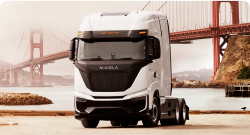Electric semi trucks
Proven to go the distance
Truckloads of savings
A smart move for your business. Zero-emissions class 8 trucks can seriously benefit your bottom line.
$0.00
in diesel costs
Leave diesel in the rearview and run on a more cost-effective resource.
Up to 50%
less maintenance needed
Fewer moving parts means fewer problems. Electric semis never require oil changes, fuel filters or diesel exhaust fluid. See source.
Up to 15%
lower cost of ownership
An electric truck with a 330-mile range can have a lower total cost of ownership than a diesel model. Fewer parts and less standard preventative maintenance could lead to a 200% reduction in maintenance costs. See source.
Heavy duty performance
Impressive capabilities around every corner. Here’s what you can expect from regional-haul vehicles.

Haul a GCVW up to 82,000 pounds
A great fit for modular or lightweight cargo, especially if your typical payloads cube out before they weigh out.
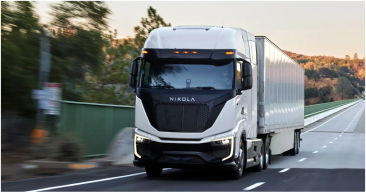
Drive 300-500 miles at a time
Best for hub-and-spoke, drayage or fixed route operations.

Power up in as little as 20-90 minutes
Depending on your charger, hydrogen vehicles can refuel in 20 minutes and battery electric vehicles can recharge in 90 minutes.
Sustainable advantages
Your supply chain operations play a major part in your carbon footprint. Transitioning to zero-emissions vehicles can make an immediate and measurable impact. Continue blazing the trails ahead—in a way that’s better for our world.
Make significant strides toward your sustainability goals.
Speed up operations with access to dedicated lanes, corridors and other exemptions.
Comply with local and federal regulations.
FAQs
How long does it take to charge electric and hydrogen-powered semi trucks?
Refueling hydrogen fuel cell trucks takes 20 minutes or less at a fueling station. Recharging a battery electric vehicle can take just 90 minutes with a level 3 charger.
How accessible are charging stations or hydrogen fueling stations?
Hydrogen fueling stations and EV charging stations for commercial use are limited but gaining momentum. The National Zero Emission Freight Corridor Strategy aims to advance the deployment of fueling infrastructure. The Joint Office of Energy and Transportation also maintains a map of fueling stations along EV charging corridors, as designated by The Federal Highway Administration (FHWA).
Many organizations with hub-and-spoke, drayage or distribution center routes choose to invest in their own charging solutions. Get in touch if you have more questions.
How do the costs of electric trucks compare to the costs of diesel trucks?
To compare the cost of diesel or internal combustion engine (ICE) vehicles with zero-emissions vehicles, compare the total cost of ownership (TCO). This includes the upfront vehicle cost, the value of the asset over time, the cost of fuel and the cost to maintain the parts and pieces of an engine. Let us know if you’re interested in a TCO analysis for your business.
What are the available incentives for class 8 zero-emissions trucks?
There are grants and incentives available at the federal, state and local levels—and new ones become available monthly. Range Truck Group monitors these opportunities so you can get the best deal when purchasing or leasing a zero-emissions truck. Additional opportunities are available to organizations that do business in ports or have diverse business certifications. Reach out to get the latest.
More services
Get expert support, every step of the way. We’re here to guide you and help you make pivotal decisions on the road to zero-emissions.
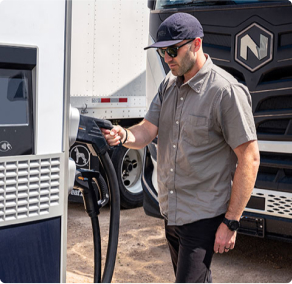
Charging
From portable chargers to permanent structures, we’ll help you decide the best way to power up. See charging solutions.
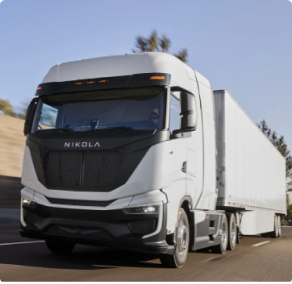
Incentives
You could save thousands on the upfront costs of going electric. Ask us about limited-time incentives in your area.
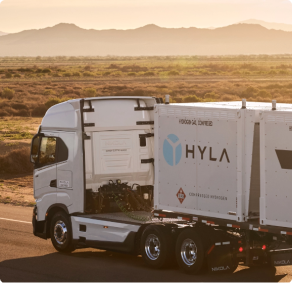
Upfitting
Together, we can create the perfect vehicle for the job by installing driver safety systems, aerodynamic upgrades and more.

